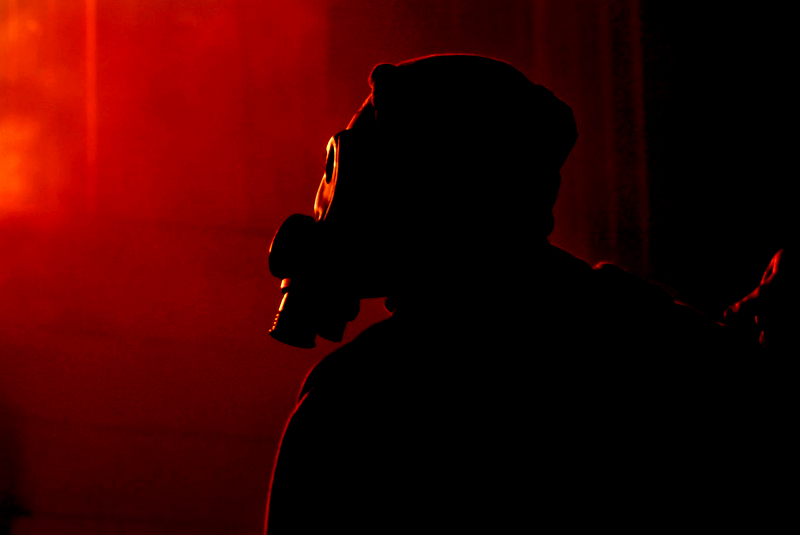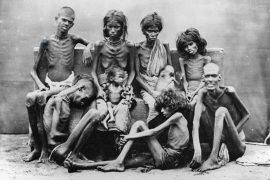Technology. Isn’t it brilliant? Our world has gone from horses to planes, tin cans to telephones and sundials to watches in the space of a few hundred years. The world has never been greater or for that matter, safer. Diseases such as malaria are killing fewer people whilst less are dying from natural disasters. The world felt safe.
But the events of 9/11, terrorist attacks in one of the world’s biggest cities, flipped the world’s mindset to fear. It is perhaps no surprise that the Anthrax attacks, which commenced a week later, were seen as small fry.
Anthrax (Bacillus Anthracis), a deadly and infectious bacterium with a mortality rate of 80 per cent when inhaled, is considered one of the most dangerous biological weapons in the world. The US Centre for Disease Control and Prevention (CDC) classifies the gram-positive, rod-shaped anthrax spores, found naturally in soil, as a Category A agent, posing a significant risk to national security.
Along with other biological and chemical weapons, Anthrax, which can be produced in a lab, is changing the shape of global warfare and terrorism.
-30-
Copyright©Madras Courier, All Rights Reserved. You may share using our article tools. Please don't cut articles from madrascourier.com and redistribute by email, post to the web, mobile phone or social media.Please send in your feed back and comments to [email protected]











